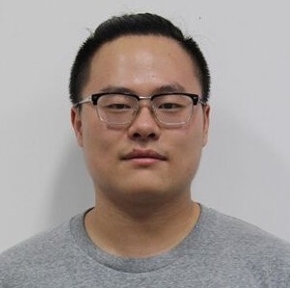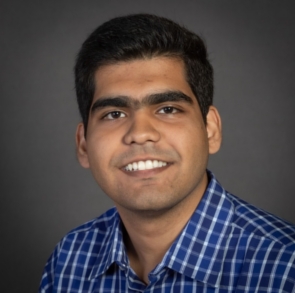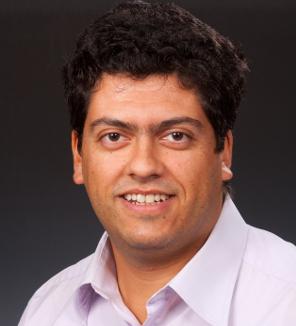The 2020-2021 Professor Narendra Puri Scholarship was awarded to Jeffrey Isaacs, Zhaoyi Xu, and Shounak Rangwala.
Dr. Narendra Nath Puri was a professor of Electrical and Computer Engineering at Rutgers for 38 years. He was dedicated to excellence in Electrical Engineering and countless students, faculty and alumni have benefited from his efforts. Dr. Puri passed away on December 4, 2015 at the age of 82. Dr. Kamal Puri, the wife of Dr. Puri, has generously donated this scholarship in honor of her husband and his work. This year's award was given to three students in the Department of Electrical and Computer Engineering.
Jeffrey Isaacs
Jeffrey Isaacs is an MS student working independently on global localization for indoor autonomous mobile robots. He received his undergraduate degree in computer engineering at Rutgers in 2019. His research focuses on 2D map processing, sensor fusion, and covariance tracking across multiple sensor modalities.
Zhaoyi Xu

Zhaoyi Xu received his B.E at the University of Electronic Science and Technology of China (UESTC) in May 2018. He currently is a PhD student working with Dr. Athina Petropulu in the Department of Electrical and Computer Engineering at Rutgers University. His research focuses on the dual-function radar communication system and MIMO radar.
Shounak Rangwala

I am a second-year Master's student specializing in Computer Engineering. My interests lie in software development incorporating principles of parallel computing and deep learning. I am grateful to all my professors, especially Prof. Shantenu Jha and Prof. Ivan Seskar, for giving me the opportunity of working on projects in these fields. I am currently working as a researcher, in WINLAB, on my project regarding the design of self-driving cars using ROS. My spare time is divided between watching football (GO CHIEFS!!) and working on pet web-application projects. My goal is to put my skills to use by joining the industry after I graduate.








